Lawrence Livermore National Laboratory scientists have developed a new method for 3D printing living microbes in controlled patterns, expanding the potential for using engineered bacteria to recover rare-earth metals, clean wastewater, detect uranium and more.
Tag: 3d printing
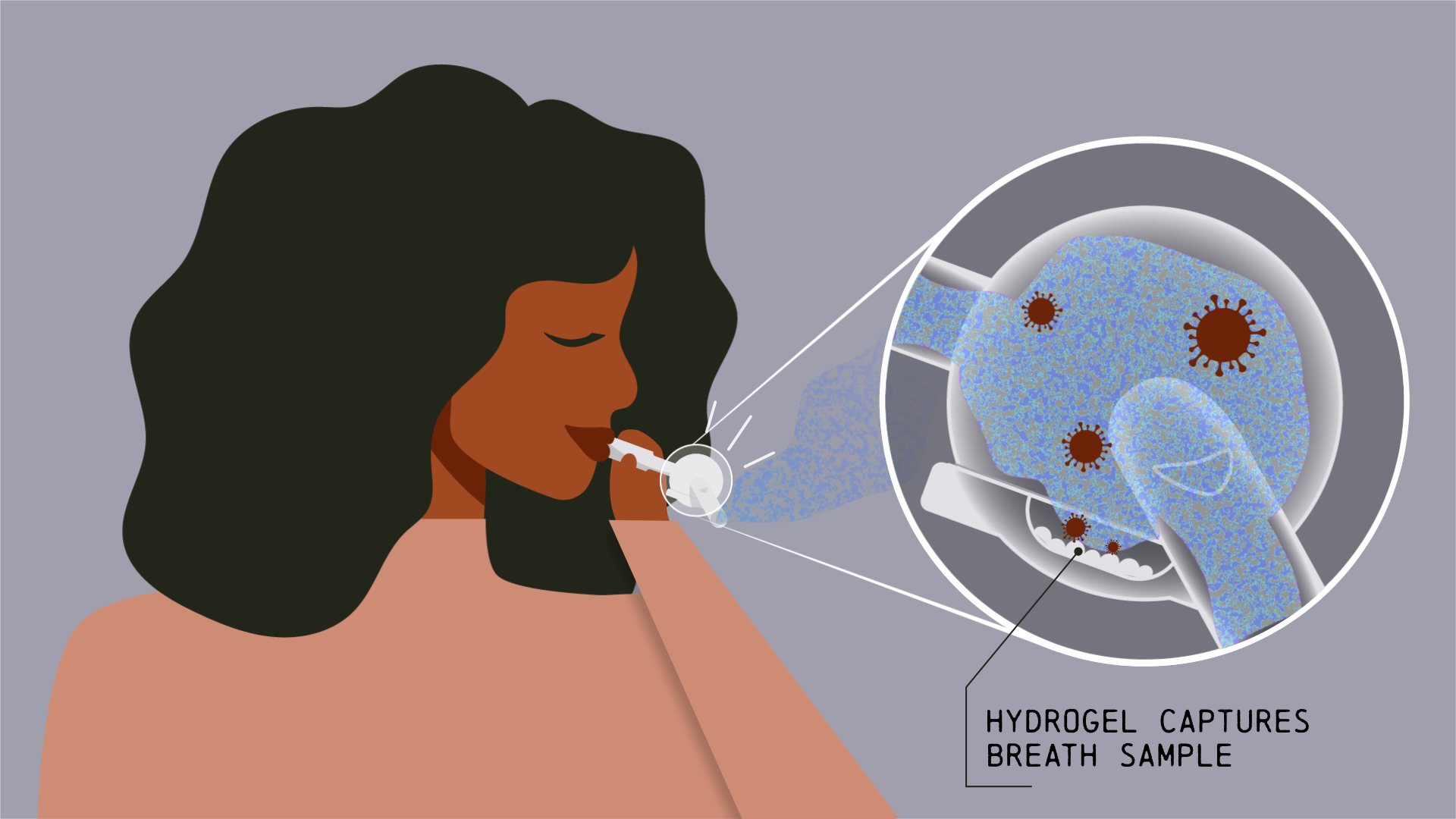
Story tips: COVID breath-sampling, welding advances and powered by water
ORNL story tips: COVID breath-sampling, welding advances and powered by water

Story tips: Nanoscale commuting, easy driver and defect detection
ORNL story tips: Nanoscale commuting, easy driver and defect detection
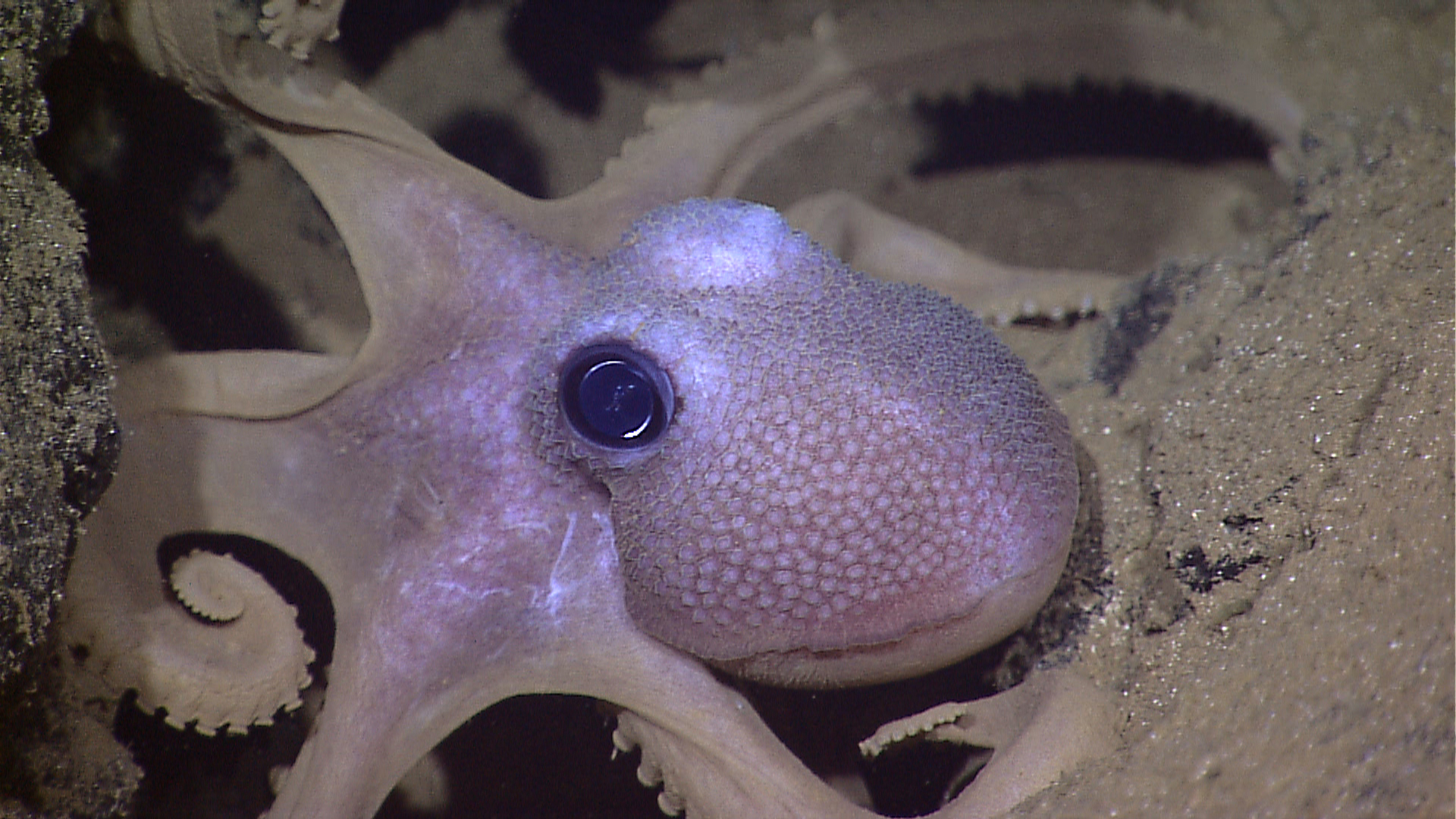
3D-Printed Smart Gel Changes Shape When Exposed to Light
Inspired by the color-changing skin of cuttlefish, octopuses and squids, Rutgers engineers have created a 3D-printed smart gel that changes shape when exposed to light, becomes “artificial muscle” and may lead to new military camouflage, soft robotics and flexible displays. The engineers also developed a 3D-printed stretchy material that can reveal colors when light changes, according to their study in the journal ACS Applied Materials & Interfaces.
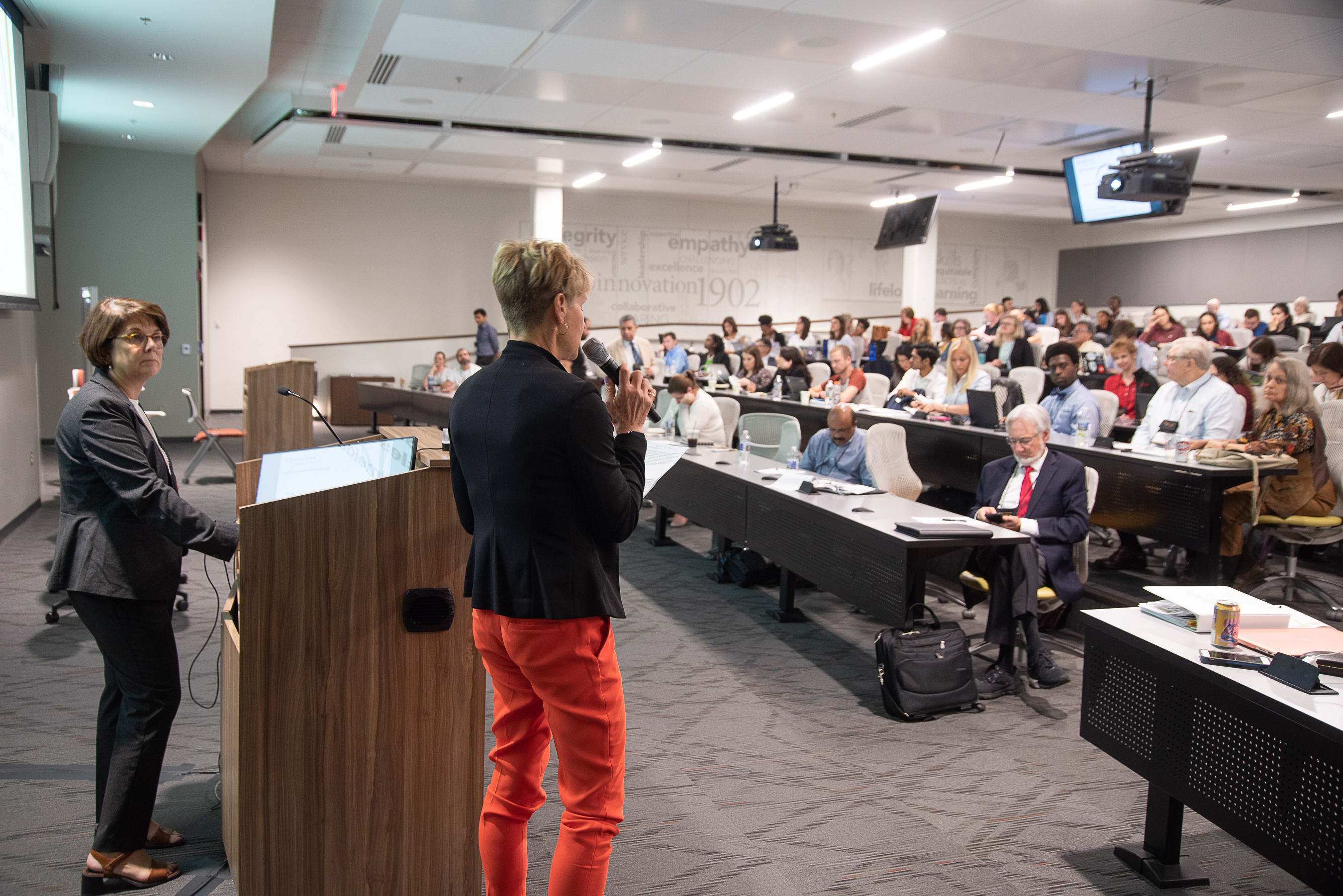
Leaders in stem cell science, regenerative medicine combine efforts in 2021
Leaders in stem cell science and regenerative medicine will combine two separate courses into one in June 2021.
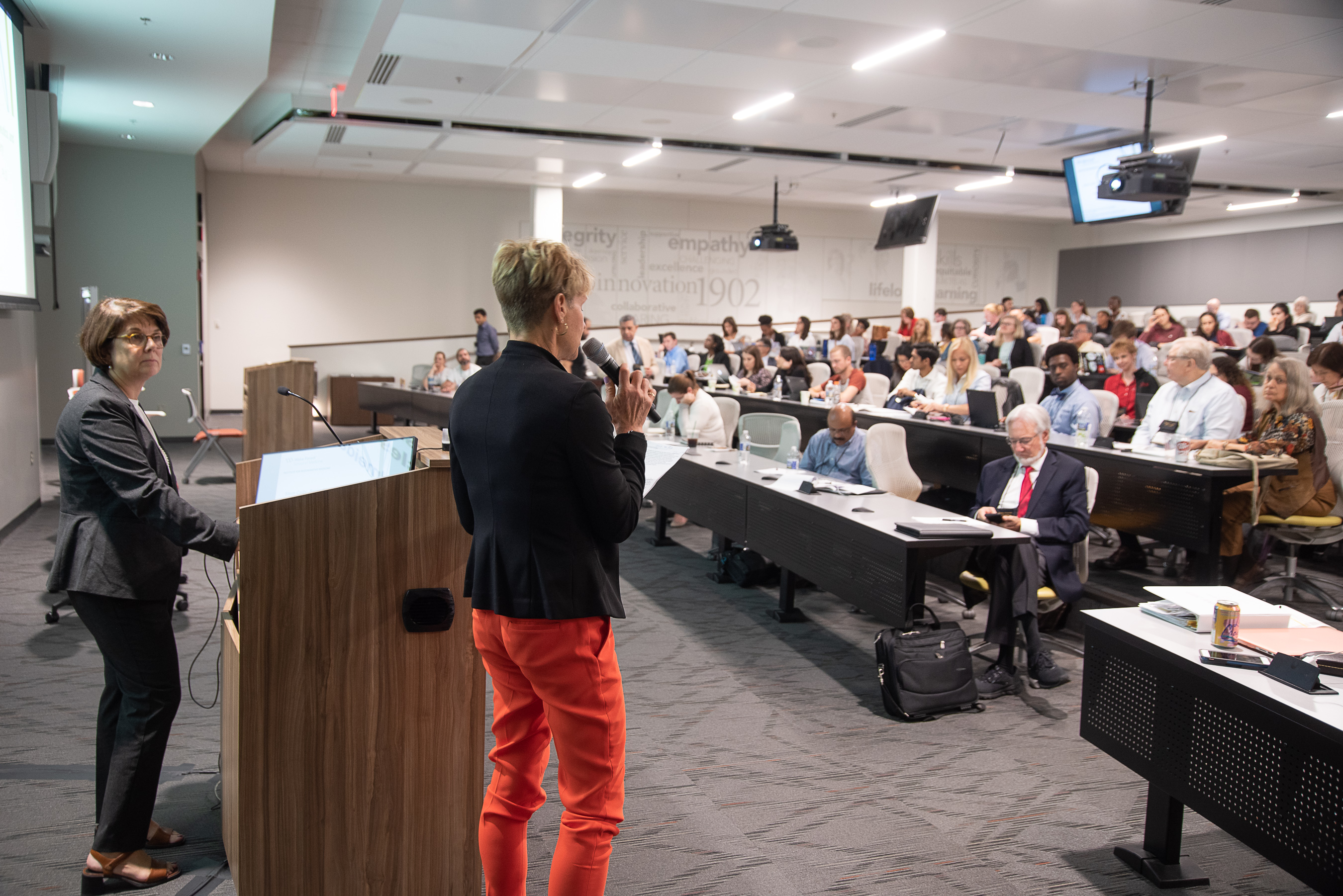
Advances in Stem Cell Science and Regenerative Medicine Highlighted in New Regenerative Medicine Essentials Course Co-Located with 2021 World Stem Cell Summit
Leaders in stem cell science and regenerative medicine will combine two separate courses into one in June 2021.
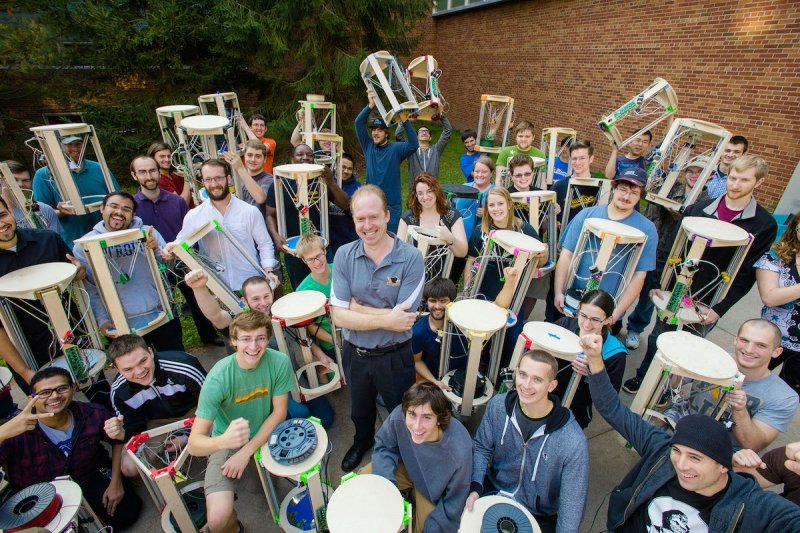
Open-Source Maker, Mover and Shaker Takes Share-Everything Philosophy to the Mainstream
Forget dog-eat-dog. We’re hardwired to cooperate, says Michigan Tech engineer and educator Joshua Pearce. His new book tells—and shows—how to survive and thrive by sharing not just a little bit, but aggressively and widely.
Technion Harvey Prize Honors Pioneers in Chemical Engineering and Medical Sciences
The prestigious prize for 2019-2020 goes to Professor Joseph DeSimone of Stanford University for significant contributions to materials science, chemistry, polymer science nano medicine, and 3D printing; and to Professor Raphael Mechoulam of the Hebrew University of Jerusalem for the discovery of the active molecules in cannabis
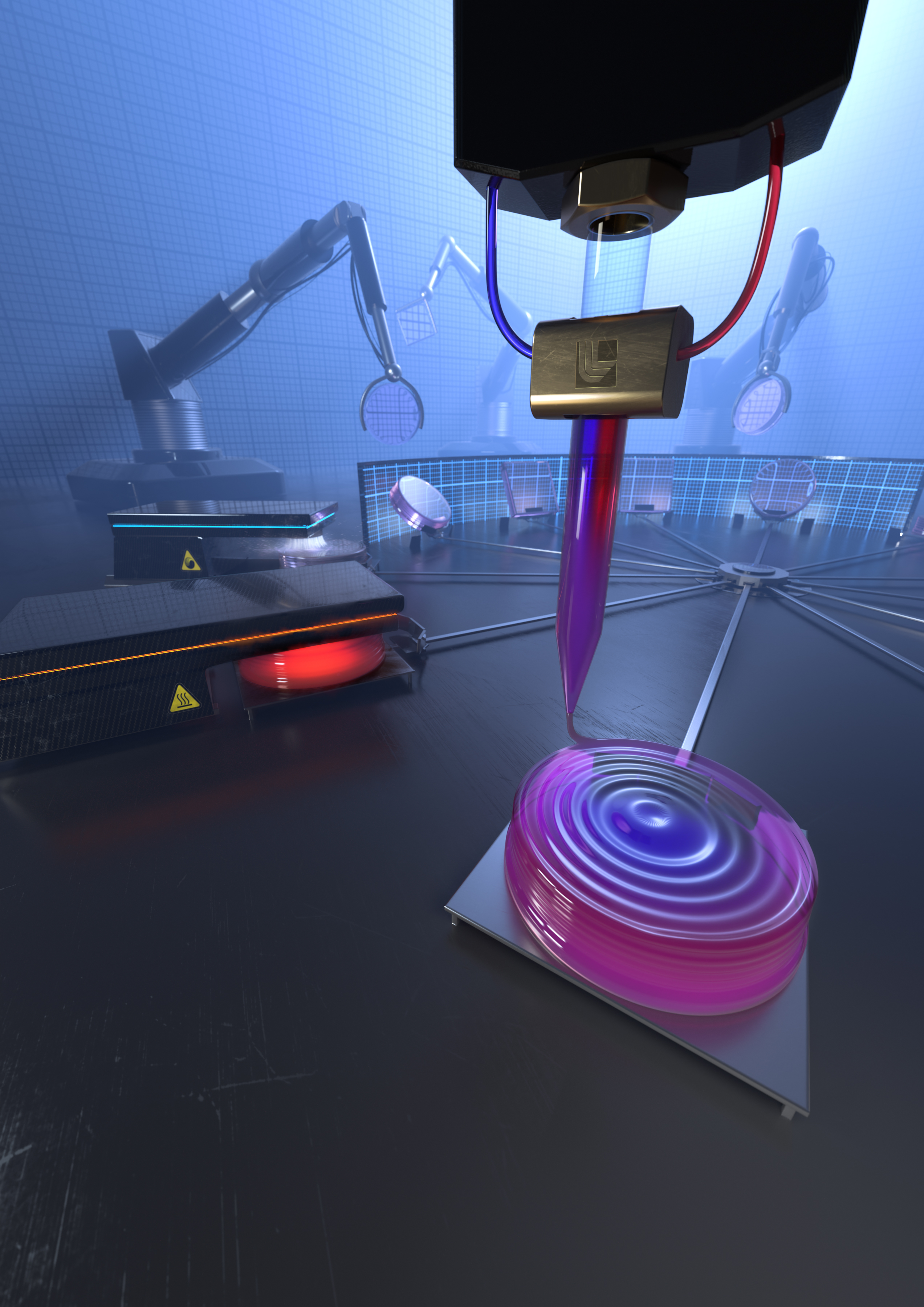
New tailored composition 3D-printed glass enhances optical design flexibility
LLNL researchers have used multi-material 3D printing to create tailored gradient refractive index glass optics that could make for better military specialized eyewear and virtual reality goggles.
Researchers 3D print biomedical parts with supersonic speed
Forget glue, screws, heat or other traditional bonding methods. A Cornell University-led collaboration has developed a 3D printing technique that creates cellular metallic materials by smashing together powder particles at supersonic speed.
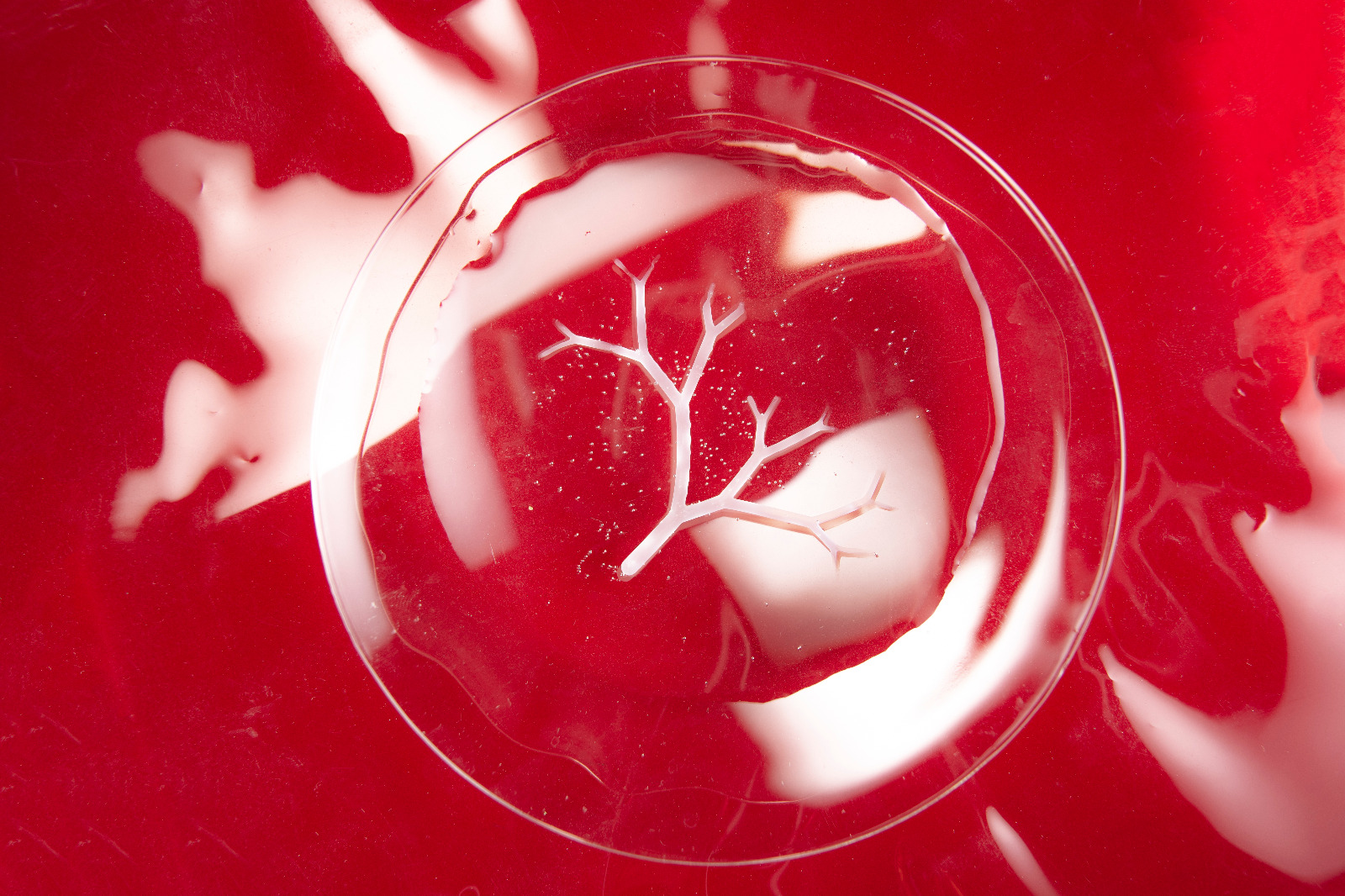
Scientists use bacteria as micro-3D printers
A team at Aalto University has used bacteria to produce intricately designed three-dimensional objects made of nanocellulose. With their technique, the researchers are able to guide the growth of bacterial colonies through the use of strongly water repellent – or superhydrophobic – surfaces.
Patient Impact and Market Trends in Additive Manufacturing/3D Printing for Medical Devices
The American Society of Mechanical Engineers (ASME) has released a new white paper, “Medical Additive Manufacturing/3D Printing Year in Review 2019-20,” in advance of the AM Medical Virtual Summit, that takes place tomorrow and Thursday, October 28-29. The white paper…
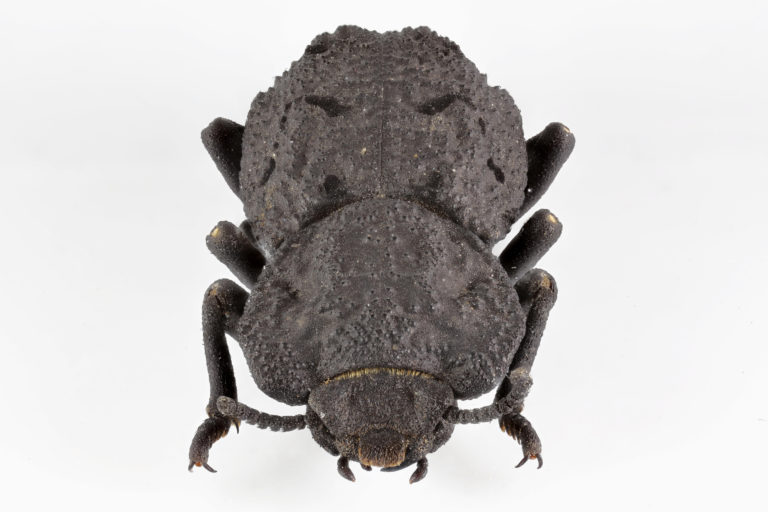
UCI materials scientists discover design secrets of nearly indestructible insect
Irvine, Calif., Oct. 21, 2020 – With one of the more awe-inspiring names in the animal kingdom, the diabolical ironclad beetle is one formidable insect. Birds, lizards and rodents frequently try to make a meal of it but seldom succeed. Run over it with a car, and the critter lives on. The beetle’s survival depends on two key factors: its ability to convincingly play dead and an exoskeleton that’s one of the toughest, most crush-resistant structures known to exist in the biological world.
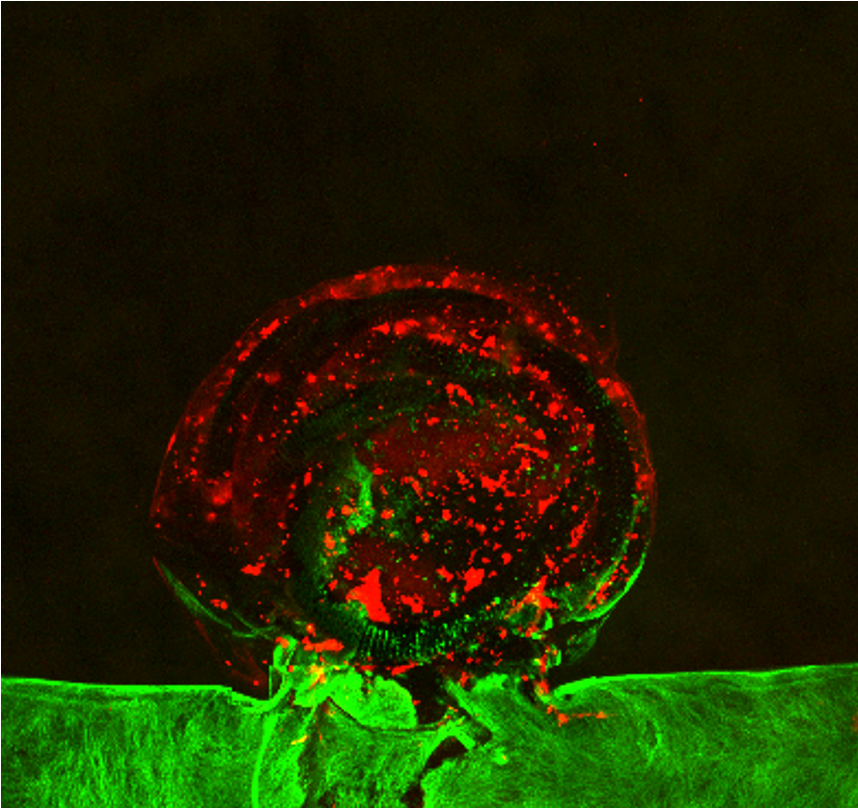
LLNL develops first-ever living, 3D-bioprinted aneurysm to test surgical treatments
A Lawrence Livermore National Laboratory team, along with their collaborators, has become the first to produce a living, bioprinted aneurysm outside of the human body, perform a medical procedure on it, and observe it respond and heal as it would in an actual human brain.
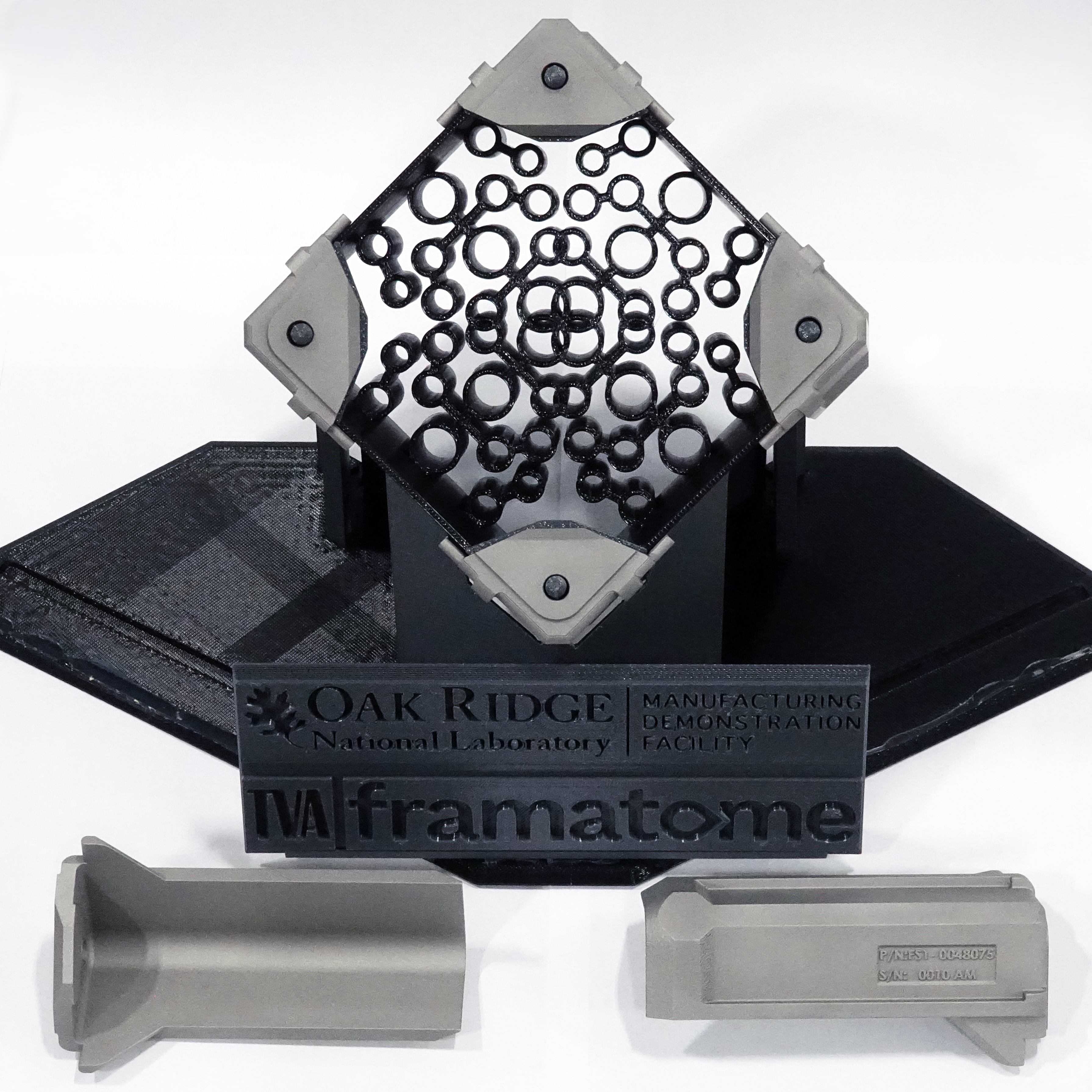
Additively manufactured components by ORNL headed for TVA nuclear reactor
ORNL has 3D printed a channel bracket to go into reactors at Browns Ferry Nuclear Plant this spring, to demonstrate the viability of pre-qualified additively manufactured reactor components.
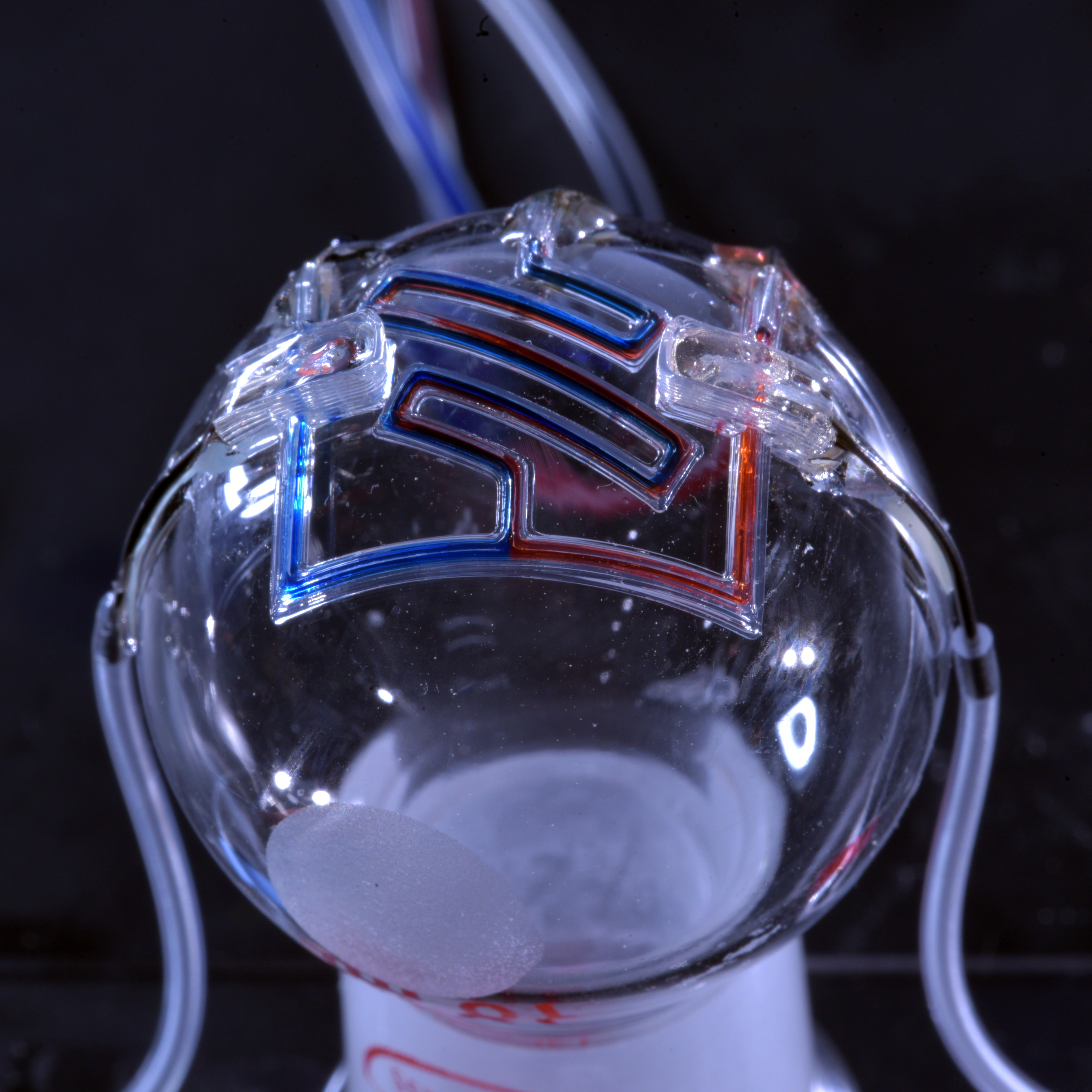
Researchers 3D print unique micro-scale fluid channels used for medical testing
In a groundbreaking new study, researchers at the University of Minnesota, in collaboration with the U.S. Army Combat Capabilities Development Command Soldier Center, have 3D printed unique fluid channels at the micron scale that could automate production of diagnostics, sensors and assays used for a variety of medical tests and other applications. The team is the first to 3D print these structures on a curved surface, providing the initial step for someday printing them directly on the skin for real-time sensing of bodily fluids.
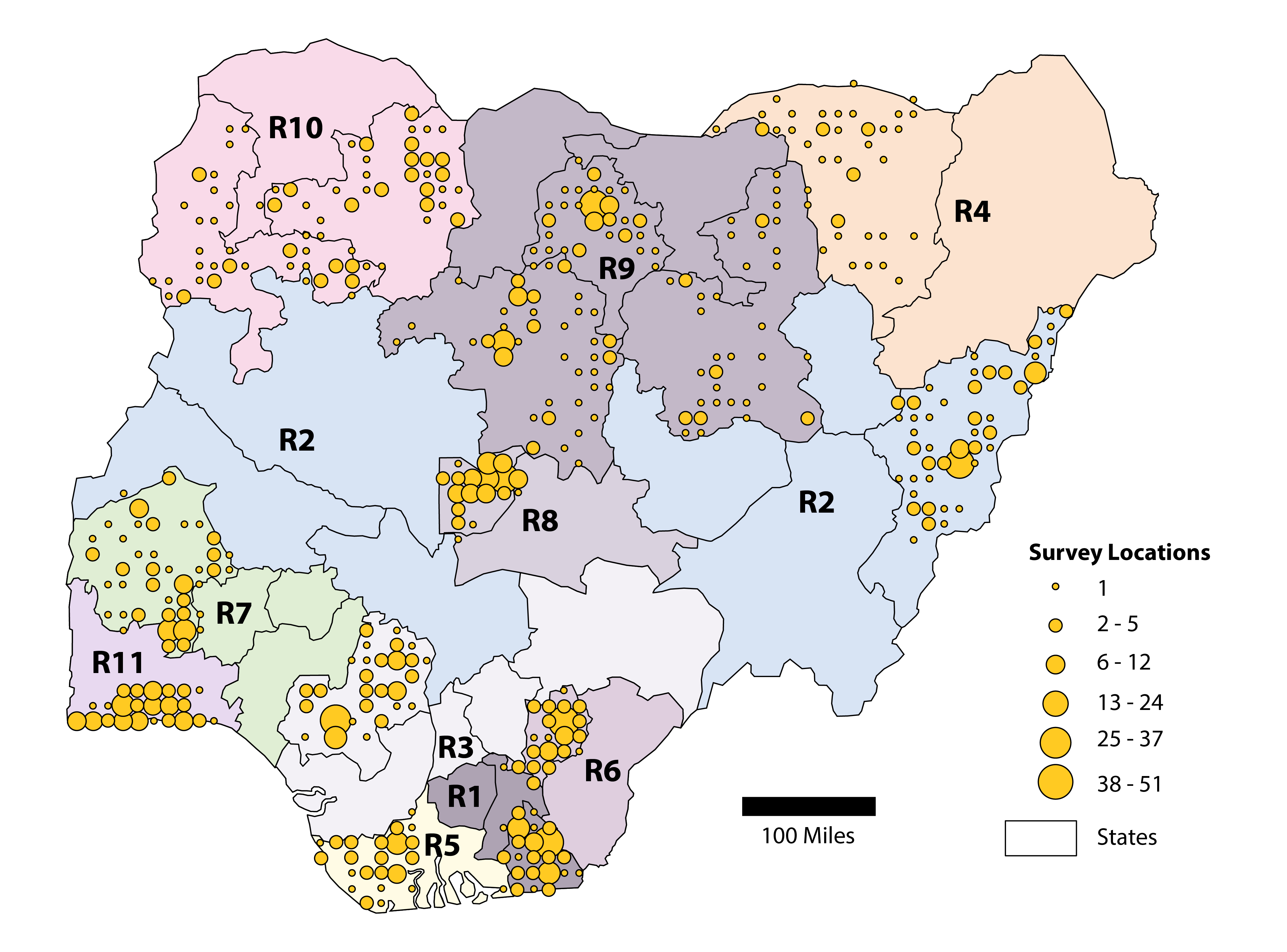
Story Tips: Remote population counting, slowing corrosion and turning down the heat
ORNL story tips: Remote population counting, slowing corrosion and turning down the heat

ORNL, DOE unveil new capabilities for advanced manufacturing recycling and autonomous vehicles
Oak Ridge National Laboratory and Department of Energy officials dedicated the launch of two clean energy research initiatives that focus on the recycling and recovery of advanced manufacturing materials and on connected and autonomous vehicle technologies.
FDA Guidance Fails to Ensure Security of 3D-Printed Masks and PPE
New Brunswick, N.J. (Sept. 16, 2020) – FDA guidelines for making 3D-printed masks, face shields and other personal protective equipment (PPE) in the COVID-19 era fail to defend against cyberattacks, according to Rutgers and Georgia Tech engineers. Due to the…
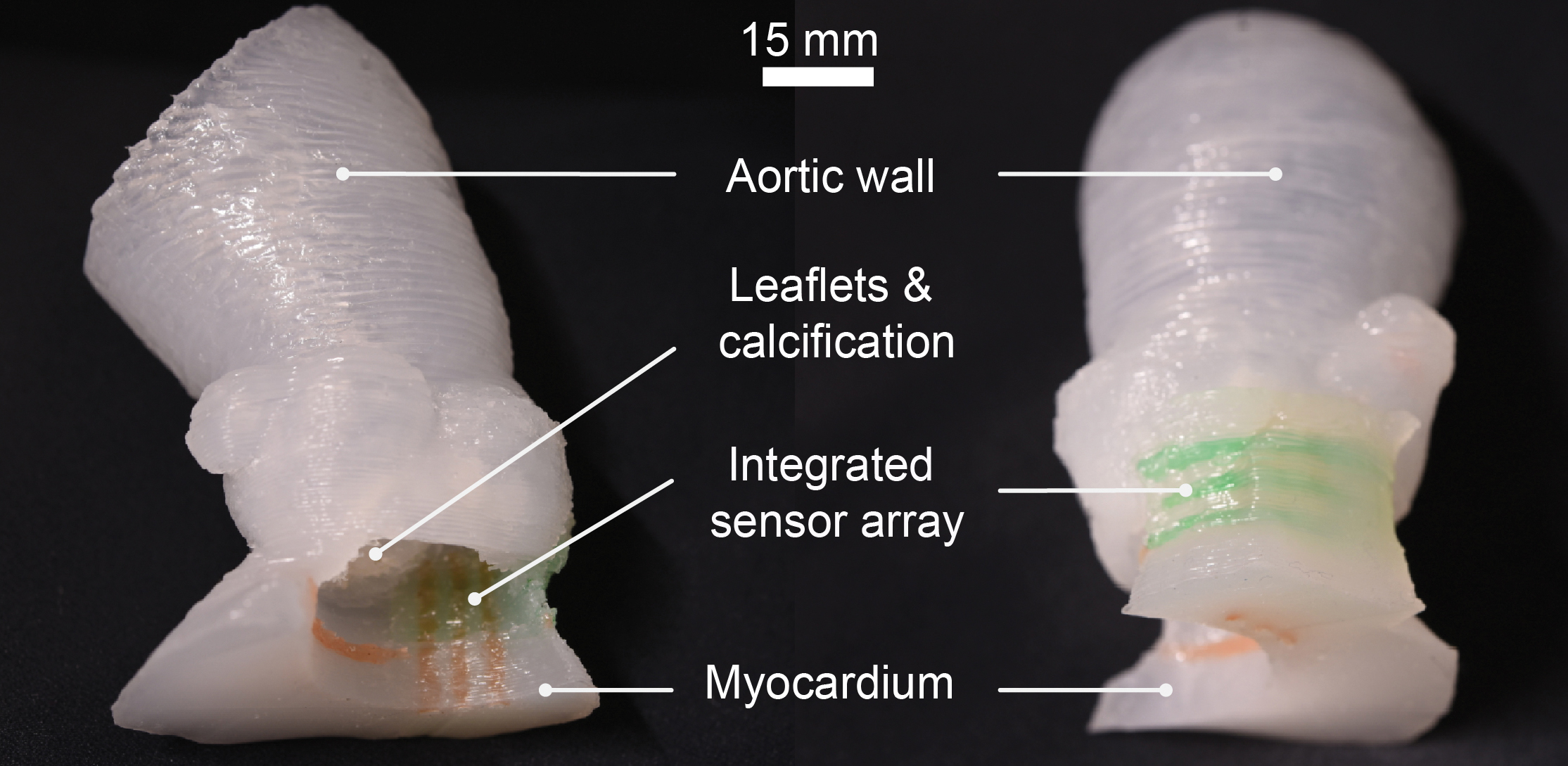
Researchers 3D print lifelike heart valve models
Researchers from the University of Minnesota, with support from Medtronic, have developed a groundbreaking process for multi-material 3D printing of lifelike models of the heart’s aortic valve and the surrounding structures that mimic the exact look and feel of a real patient.
These patient-specific organ models, which include 3D-printed soft sensor arrays integrated into the structure, are fabricated using specialized inks and a customized 3D printing process. Such models can be used in preparation for minimally invasive procedures to improve outcomes in thousands of patients worldwide.

Scientists building 3D-printed nuclear reactor core use HFIR to test novel materials
The Transformational Challenge Reactor will use novel materials. Researchers are testing their performance in a reactor core by irradiating them in the High Flux Isotope Reactor.

3D printing ‘greener’ buildings using local soil
The demand for sustainable infrastructure has builders searching for an alternative to concrete’s large carbon footprint. Now, scientists have created a new building material using local soil, and will present their results today at the American Chemical Society Fall 2020 Virtual Meeting & Expo.
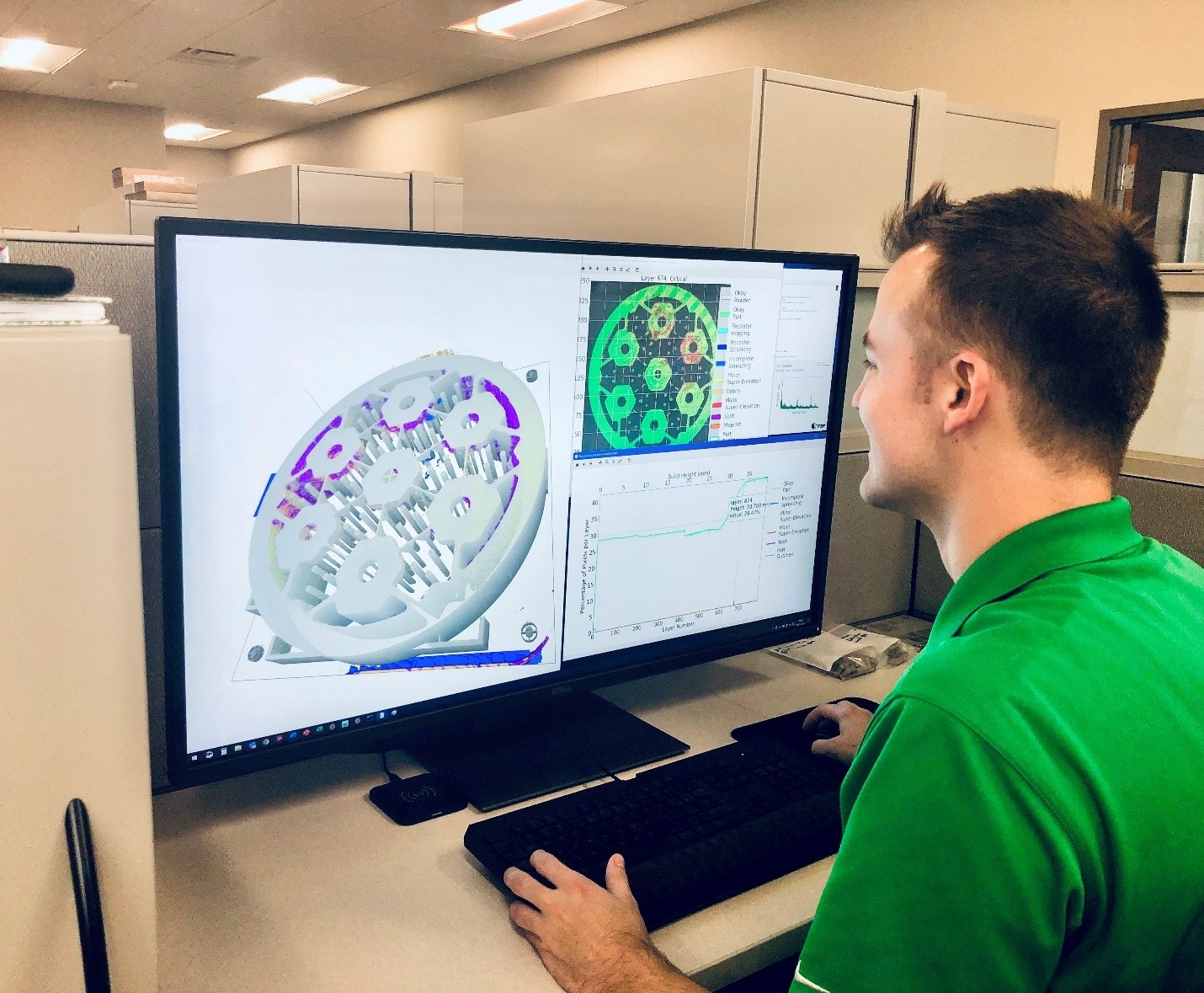
AI software enables real-time 3D printing quality assessment
Oak Ridge National Laboratory researchers have developed artificial intelligence software for powder bed 3D printers that assesses the quality of parts in real time, without the need for expensive characterization equipment.
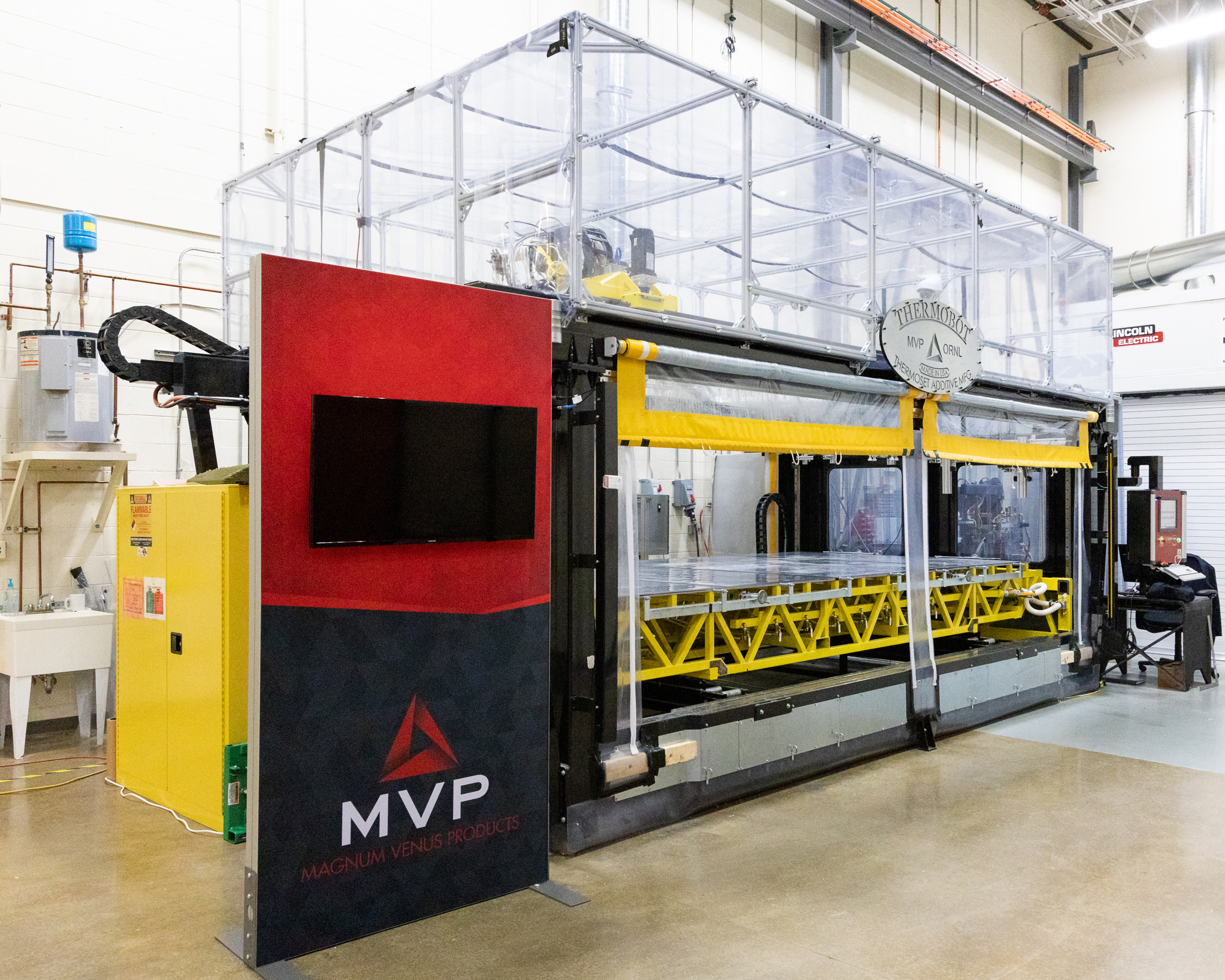
Magnum Venus Products licenses ORNL co-developed additive manufacturing technologies
The Department of Energy’s Oak Ridge National Laboratory has licensed two additive manufacturing-related technologies that aim to streamline and ramp up production processes to Knoxville-based Magnum Venus Products, Inc., a global manufacturer of fluid movement and product solutions for industrial applications in composites and adhesives.
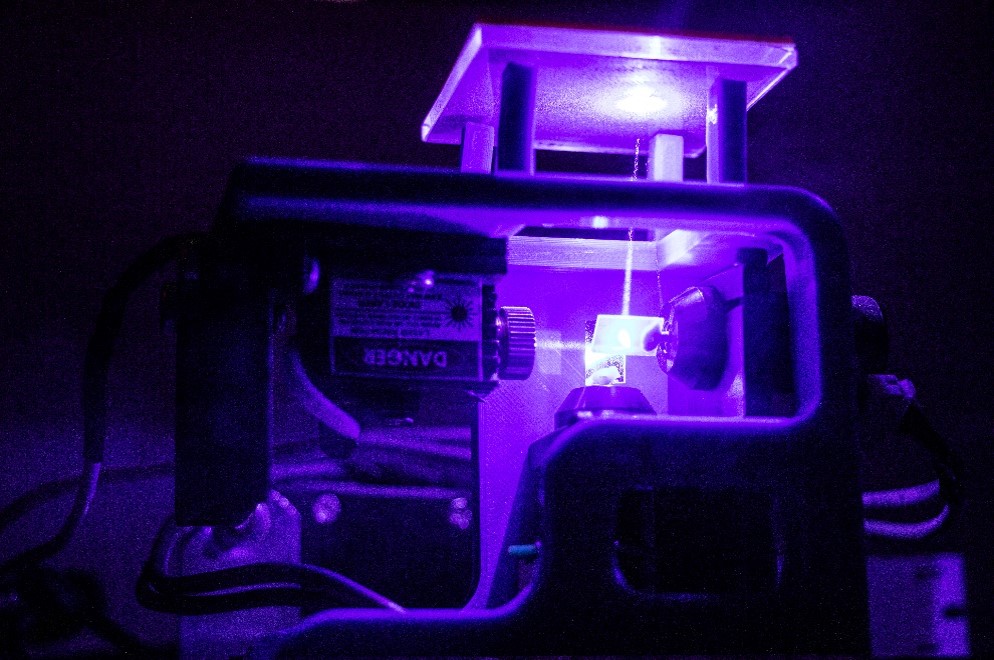
Laser Inversion enables Multi-Materials 3D Printing
Selective laser sintering is one of the most widely used processes in additive manufacturing, but it is limited to printing with a single material at a time. Columbia engineers have used their expertise in robotics to develop a new approach to overcome this limitation: By inverting the laser so that it points upwards, they’ve invented a way to enable SLS to use—at the same time—multiple materials.
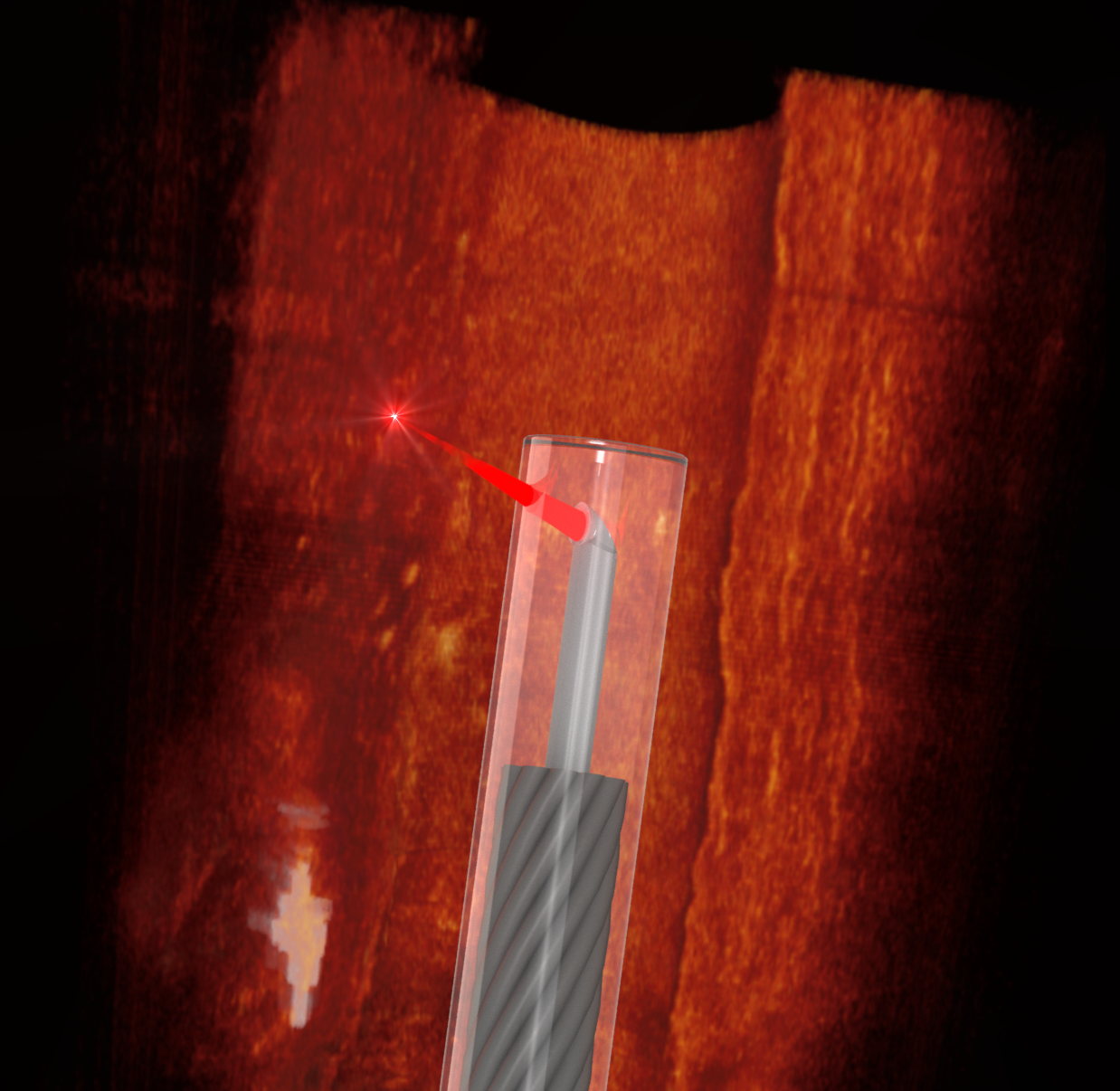
World’s smallest imaging device has heart disease in focus
A team of researchers led by the University of Adelaide and University of Stuttgart has used 3D micro-printing to develop the world’s smallest, flexible scope for looking inside blood vessels.
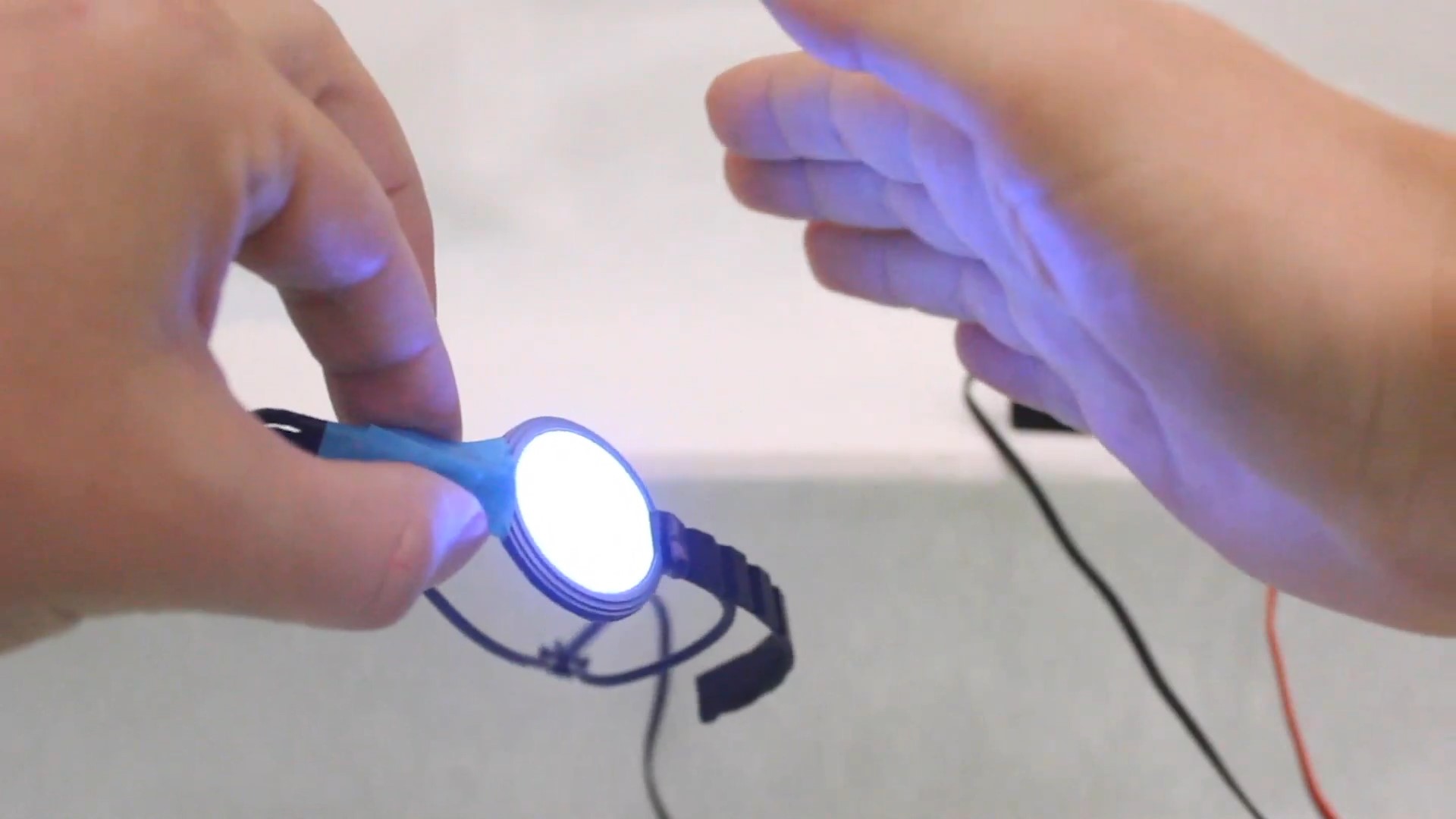
Bristol innovation challenges regular touchscreens with new spray-on technique
A team at Bristol has challenged the idea that touchscreens are limited to 2D and rectangular shapes by developing an interactive display that can be sprayed in any shape.
Inspired by the way an artist creates graffiti on a wall and using a novel combination of sprayable electronics and 3D printing, the technique, called ProtoSpray, allows the creation of displays on surfaces that go beyond the usual rectangular and 2D shapes.
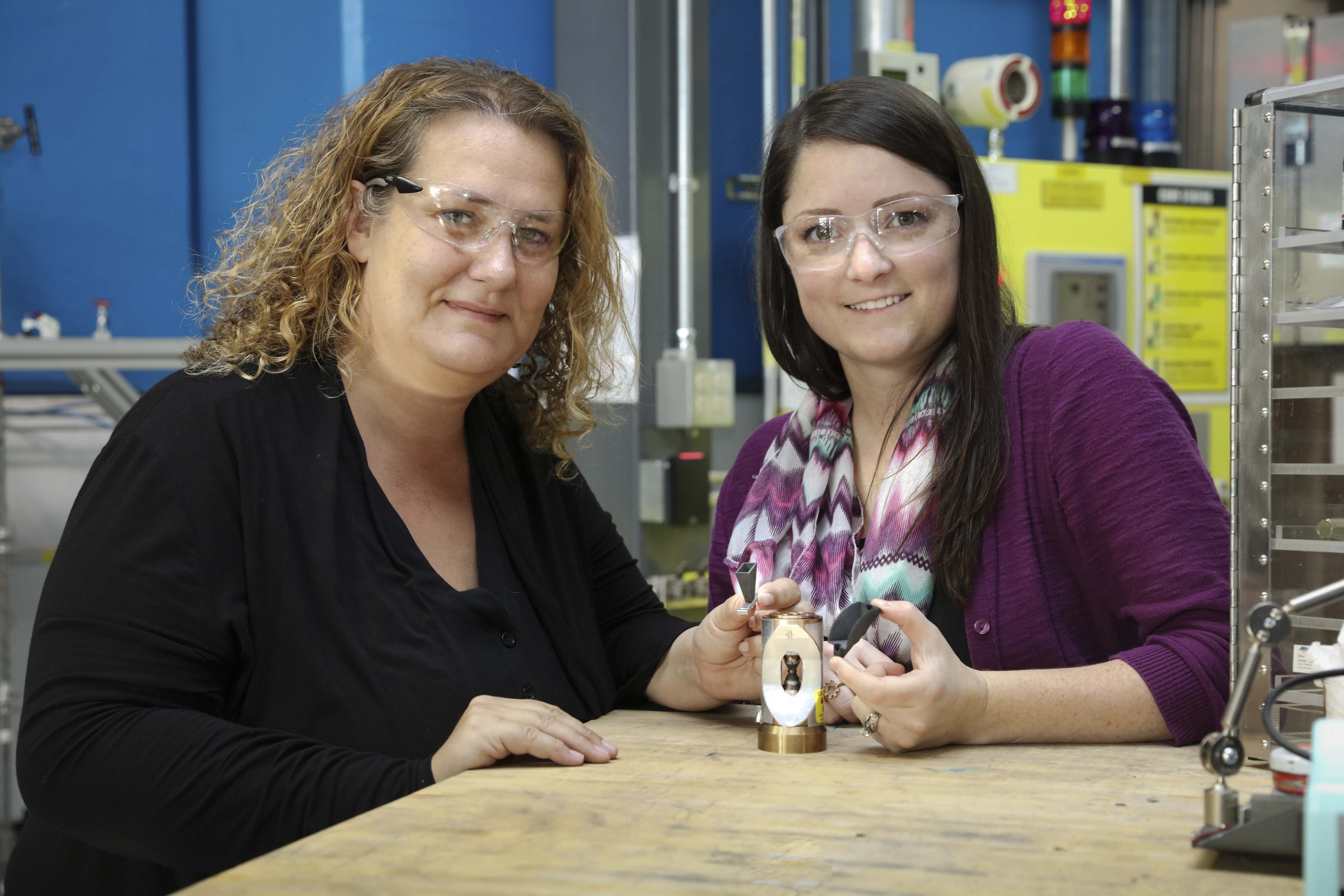
ExOne licenses ORNL method to 3D print components for refined neutron scattering
The Department of Energy’s Oak Ridge National Laboratory has licensed a novel method to 3D print components used in neutron instruments for scientific research to the ExOne Company, a leading maker of binder jet 3D printing technology.

As ORNL builds novel reactor, nuclear industry benefits from technology
Scientists at DOE’s Manufacturing Demonstration Facility at Oak Ridge National Laboratory working on the Transformational Challenge Reactor, a microreactor built using 3D printing, find their work may revolutionize manufacturing in the nuclear industry — and in other industries, too.

3D-printed nuclear reactor promises faster, more economical path to nuclear energy
Researchers at the Department of Energy’s Oak Ridge National Laboratory are refining their design of a 3D-printed nuclear reactor core, scaling up the additive manufacturing process necessary to build it, and developing methods to confirm the consistency and reliability of its printed components.
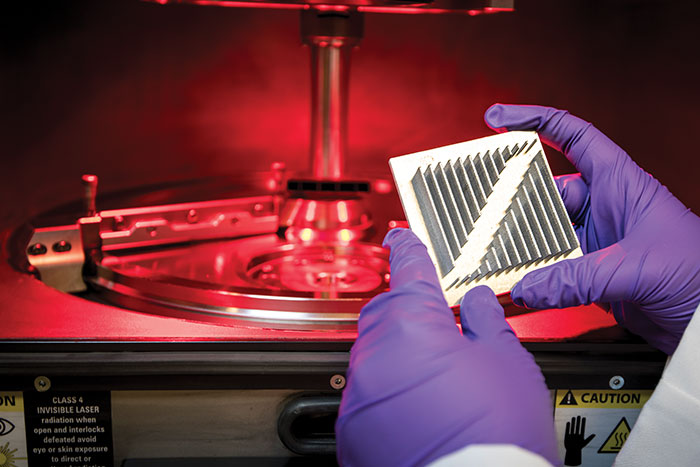
Layer by layer
Metal additive manufacturing is an emerging industry projected to be worth nearly $10 billion within the next seven years. Oregon State Engineers Brian Paul and Somayeh Pasebani have secured more than $6.3 million in funding from the National Science Foundation and other sources to bring a number of metal additive manufacturing technologies to market.
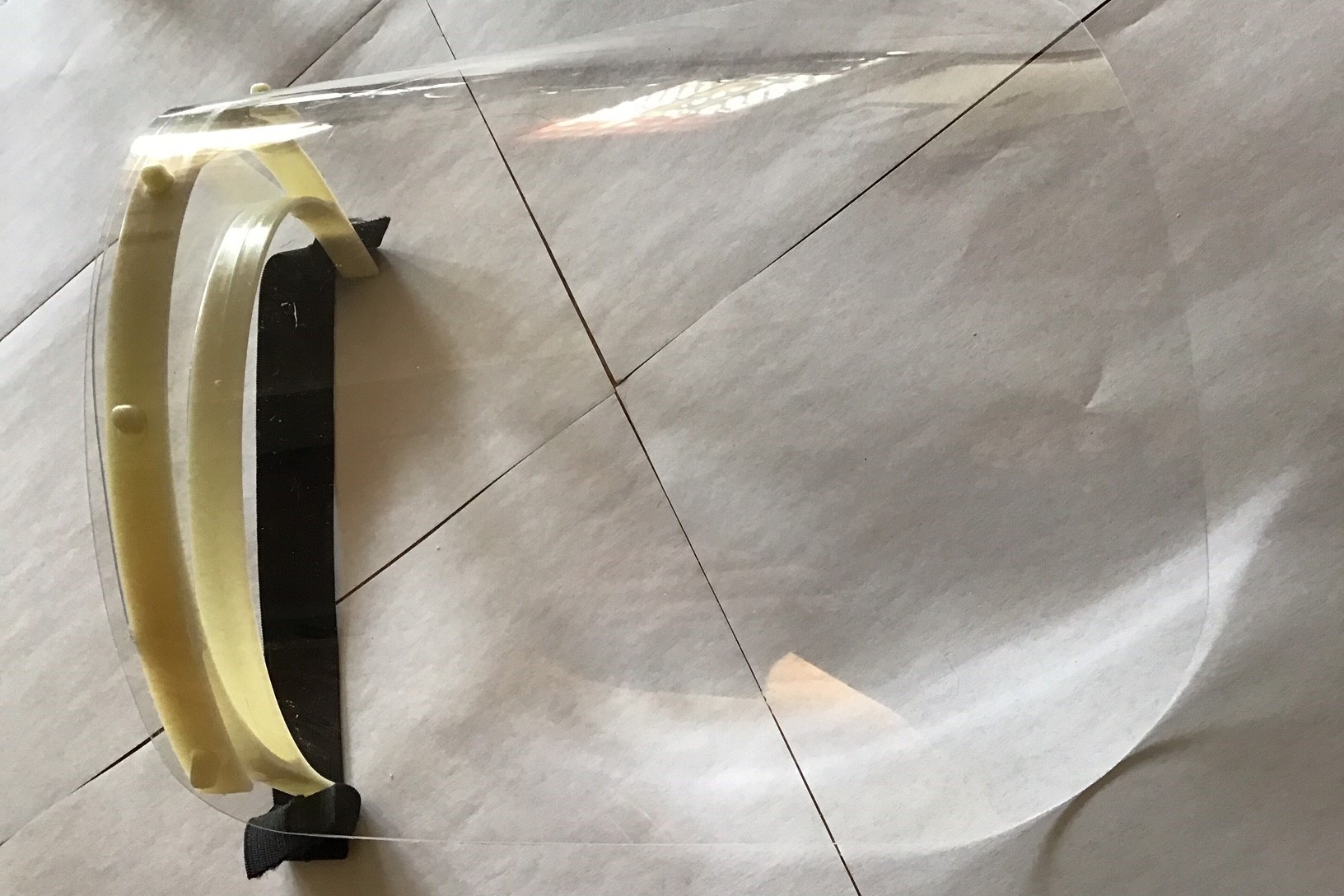
On Campus and At Homes, New Approaches to Manufacturing Protective Equipment Being Developed
From a variety of locations in the Capital Region, and throughout the country, Rensselaer Polytechnic Institute faculty, students, and staff are pressing their knowledge and machinery to work making personal protective equipment for those on the front lines of the pandemic.
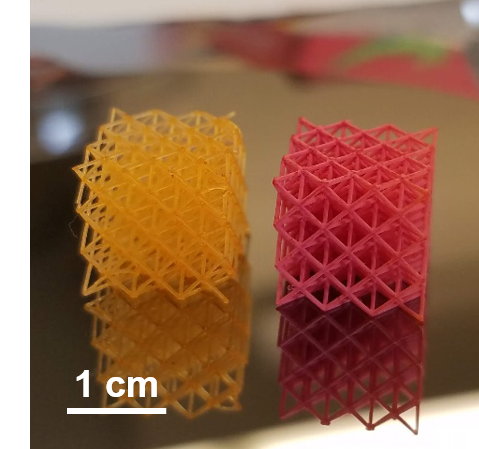
A Great New Way to Paint 3D-Printed Objects
Rutgers engineers have created a highly effective way to paint complex 3D-printed objects, such as lightweight frames for aircraft and biomedical stents, that could save manufacturers time and money and provide new opportunities to create “smart skins” for printed parts. The findings are published in the journal ACS Applied Materials & Interfaces.
UCLA Biodesign Fellow Focuses Surgical, Medical and Biomedical Engineering Insights on a Weak Link in COVID-19 Testing: Swabs Shortage
When the COVID-19 outbreak became a pandemic, and the scarcity of testing supplies became a crisis, the leaders of UCLA Biodesign saw the experience and background of Gabriel Oland, MD, as the ideal combination to help reinforce one link in the strained supply chain: the nasopharyngeal swabs used to collect patient specimens for testing.
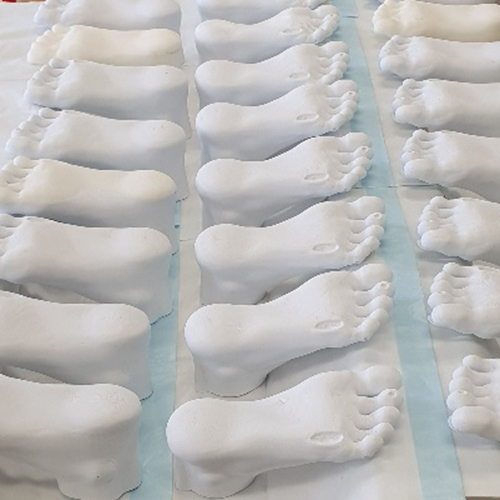
Leg up for UniSA’s podiatry students as 3D-printed feet put them strides ahead of the rest
3D-printed feet – complete with calluses, corns and fake toenails – will enable UniSA’s podiatry students to practise and fine-tune their podiatry skills from the comfort of their own home, ensuring they attain the required practical experience amid Covid-19.
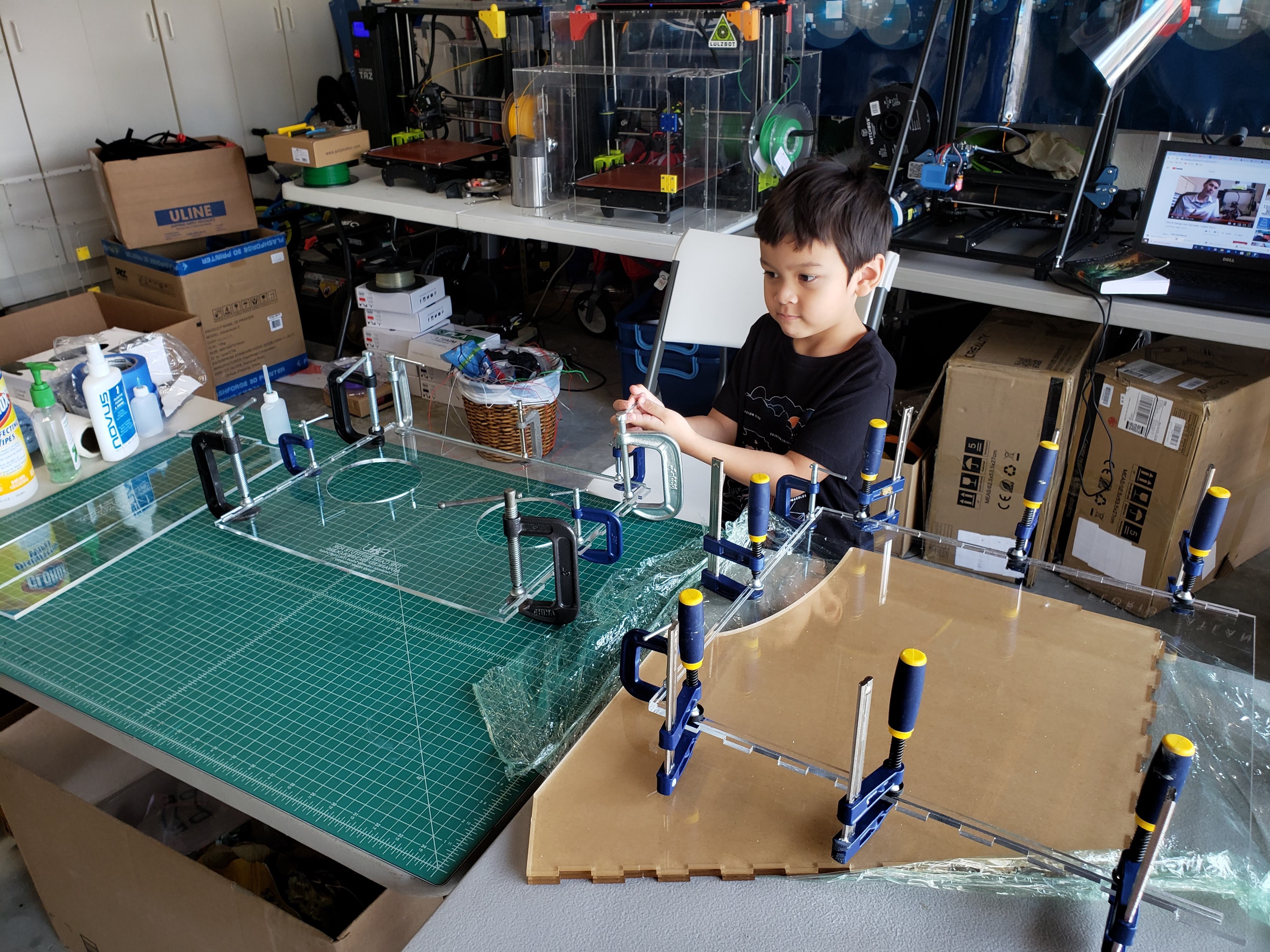
Children Ages 5 to 18 Create Hundreds of 3D Printed PPEs and Donate Them to Local Hospitals
Over the last month, FAU elementary and high schools students ages 5 to 18, along with two faculty members, have worked tirelessly to create 3D printed face shields, intubation chambers and ear savers for several local hospitals in Palm Beach County. So far, they have produced more than 650 face shields, more than 500 ear savers and 36 intubation chambers and expect to collect another 350 face shields by the end of the week.
BIDMC-led clinical trial identifies four novel 3D-printed swabs for use in COVID-19 testing
A clinical trial conducted by a multi-disciplinary team from Beth Israel Deaconess Medical Center has identified four novel prototypes of 3D-printed swabs that can be used for COVID-19 testing.
UCI-led team designs carbon nanostructure stronger than diamonds
Irvine, Calif., April 13, 2020 – Researchers at the University of California, Irvine and other institutions have architecturally designed plate-nanolattices – nanometer-sized carbon structures – that are stronger than diamonds as a ratio of strength to density. In a recent study in Nature Communications, the scientists report success in conceptualizing and fabricating the material, which consists of closely connected, closed-cell plates instead of the cylindrical trusses common in such structures over the past few decades.
Engineering develop ventilator and mask prototypes using 3D printing to help during coronavirus pandemic
Engineers at Binghamton University, State University of New York are working with healthcare providers in the region to develop technology to help deal with the coronavirus pandemic.
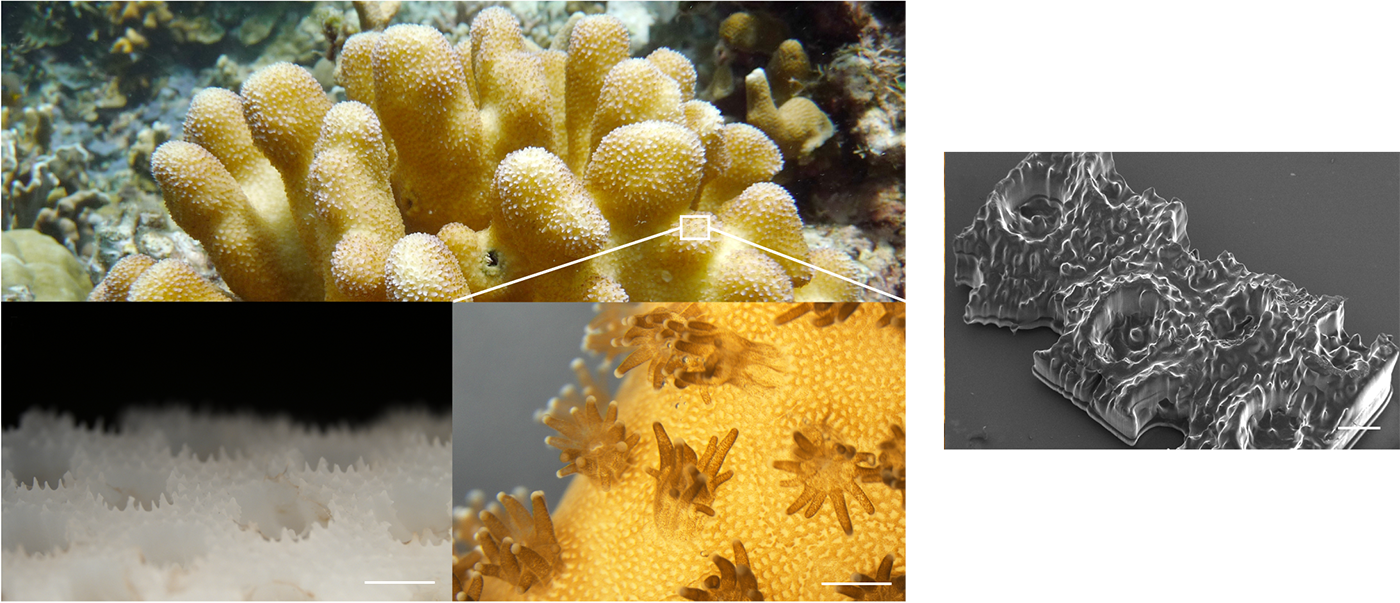
3D printed corals provide more fertile ground for algae growth
Researchers have 3D printed coral-inspired structures that are capable of growing dense populations of microscopic algae. The work could lead to the development of compact, more efficient bioreactors for producing algae-based biofuels, as well as new techniques to repair and restore coral reefs.
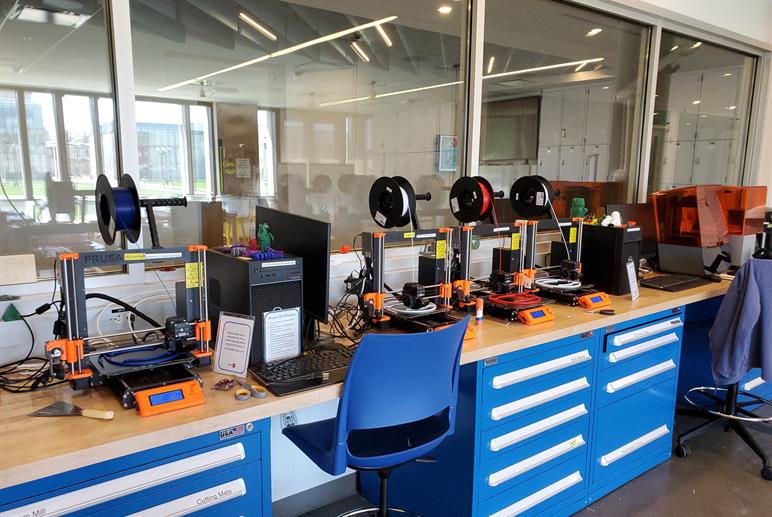
McKelvey Engineering staff creating face shields for health care workers
McKelvey Engineering staff are pitching in to create personal protective equipment for health care workers in the COVID-19 pandemic.
Engineers share designs for 3D printed ventilator adapters to help during coronavirus pandemic
Engineers at Binghamton University, State University of New York have made their designs for 3D printed ventilator adapters available to the public to help during the coronavirus pandemic.
Wichita State works with WPD to produce face shields for first responders
A relationship that started with friendship and drones is now helping produce face shields for first responders, a critical piece of equipment during the COVID-19 pandemic.
Iowa State students 3D-printing face shields for Iowa hospitals
Hospitals are in desperate need of personal protective equipment due to the COVID-19 pandemic. An Iowa State University team, in partnership with Alliant Energy, has found a way to help by manufacturing and distributing face shields to Iowa hospitals.

UC San Diego Engineers and Doctors Retrofit and Build Ventilators with 3D-Printing
A team of engineers and physicians at the University of California San Diego is working to turn emergency hand-held ventilators into devices that can work autonomously for long periods of time, without human input.
Engineers make progress in developing face shields, N95 masks to combat coronavirus
Engineers at Binghamton University, State University are testing prototypes of ventilator adapters, masks, face shields and a UV sterilizing technique to help local healthcare partners during the coronavirus pandemic.
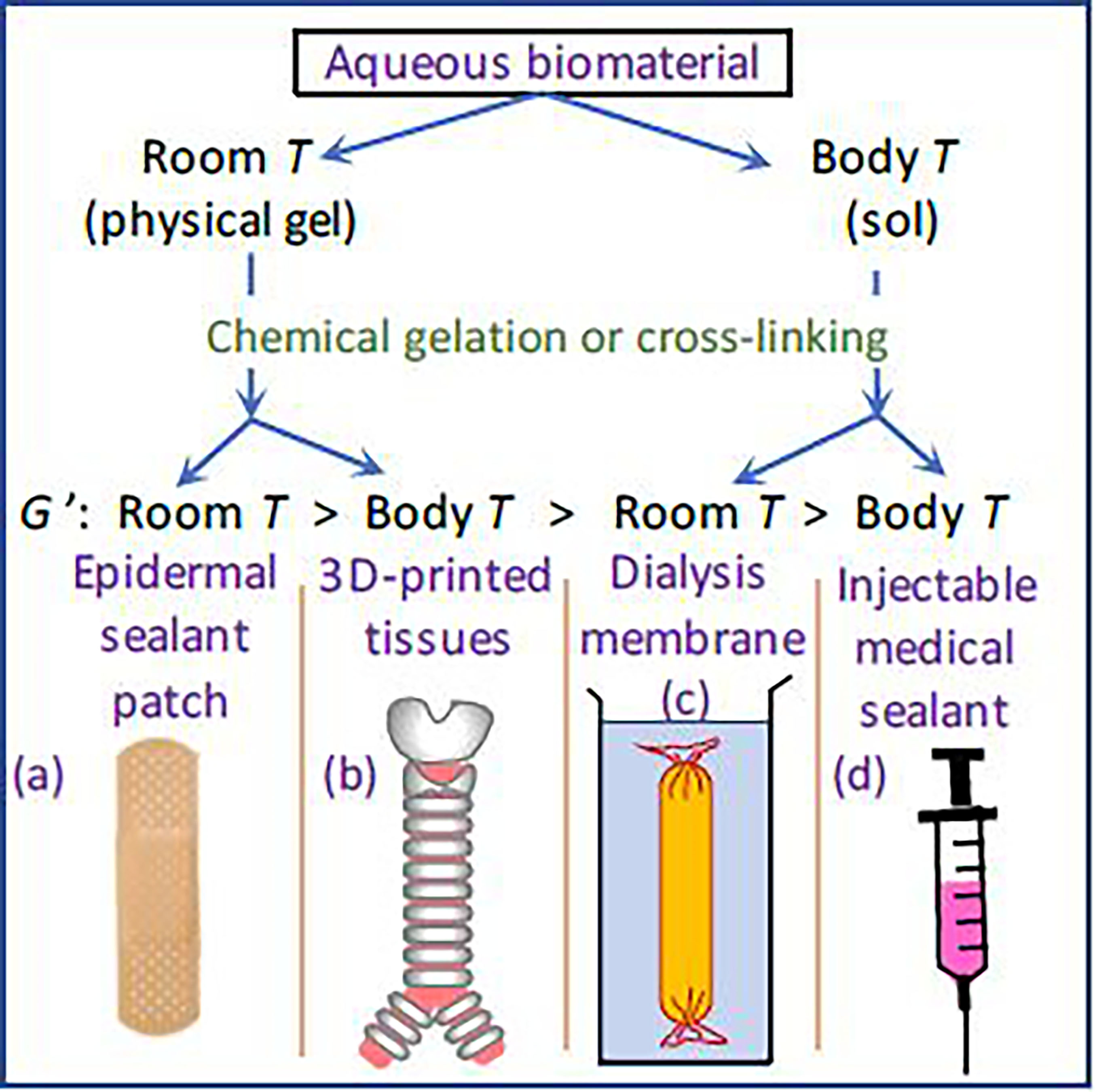
Adjusting Processing Temperature Results in Better Hydrogels for Biomedical Applications
Biohydrogels have been studied closely for their potential use in biomedical applications, but they often move between sols and gels, depending on their temperature, changes that can pose issues depending on the intended use. In Physics of Fluids, researchers discuss their work studying the effect of temperature on hydrogels. They found that creating hydrogels at room temperature or below results in more robust materials that function more effectively when used in the body.
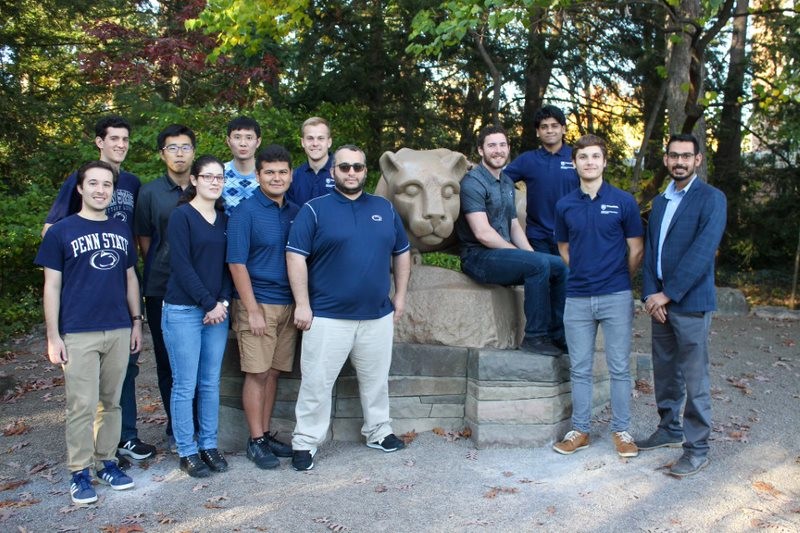
NSF CAREER Award research aims to transform metal casting for the 21st century
Guha Manogharan, assistant professor of mechanical engineering at Penn State, is embarking on a new research project that has the potential to transform the fundamentals of casting science by studying 3D design principles through the introduction of 3D sand printing.
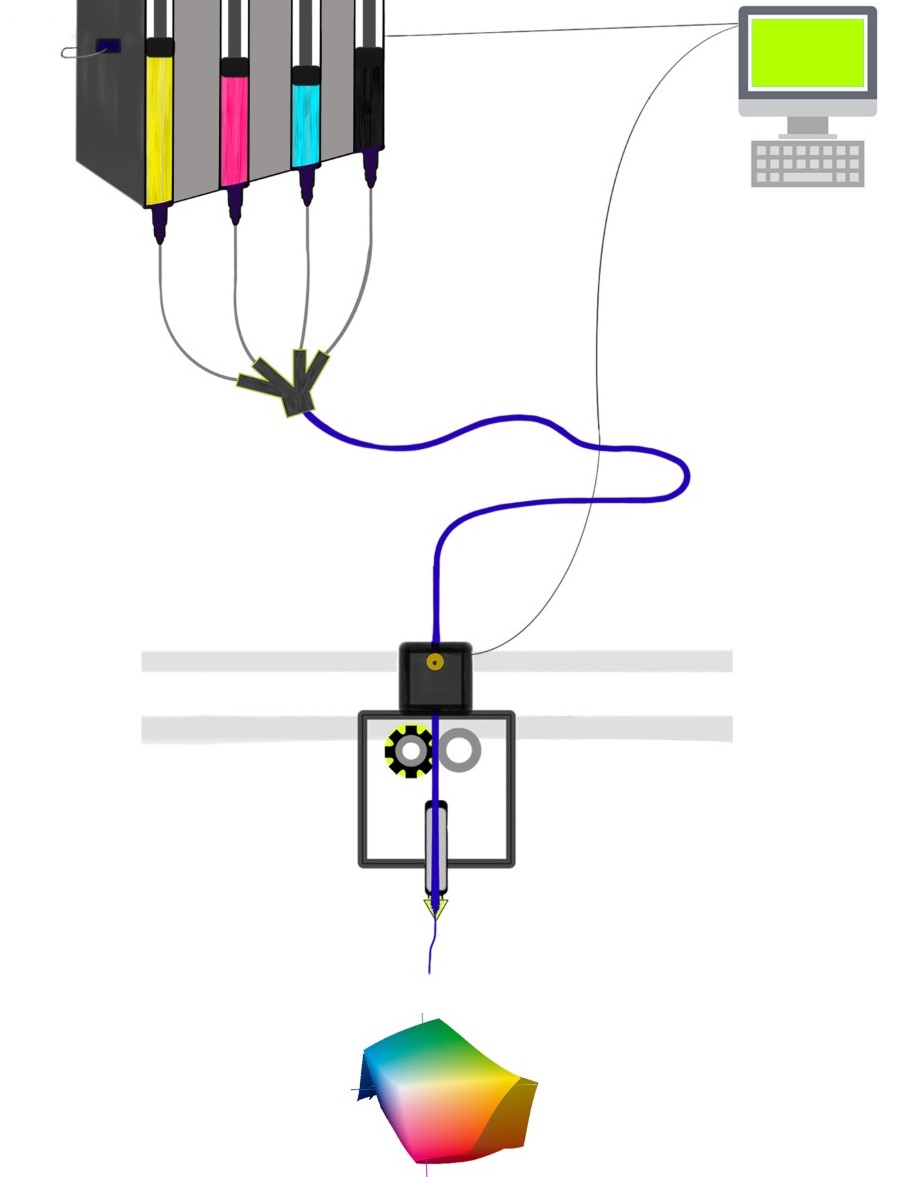
Superior “Bio-Ink” for 3D Printing Pioneered
Rutgers biomedical engineers have developed a “bio-ink” for 3D printed materials that could serve as scaffolds for growing human tissues to repair or replace damaged ones in the body. Their study was published in the journal Biointerphases.
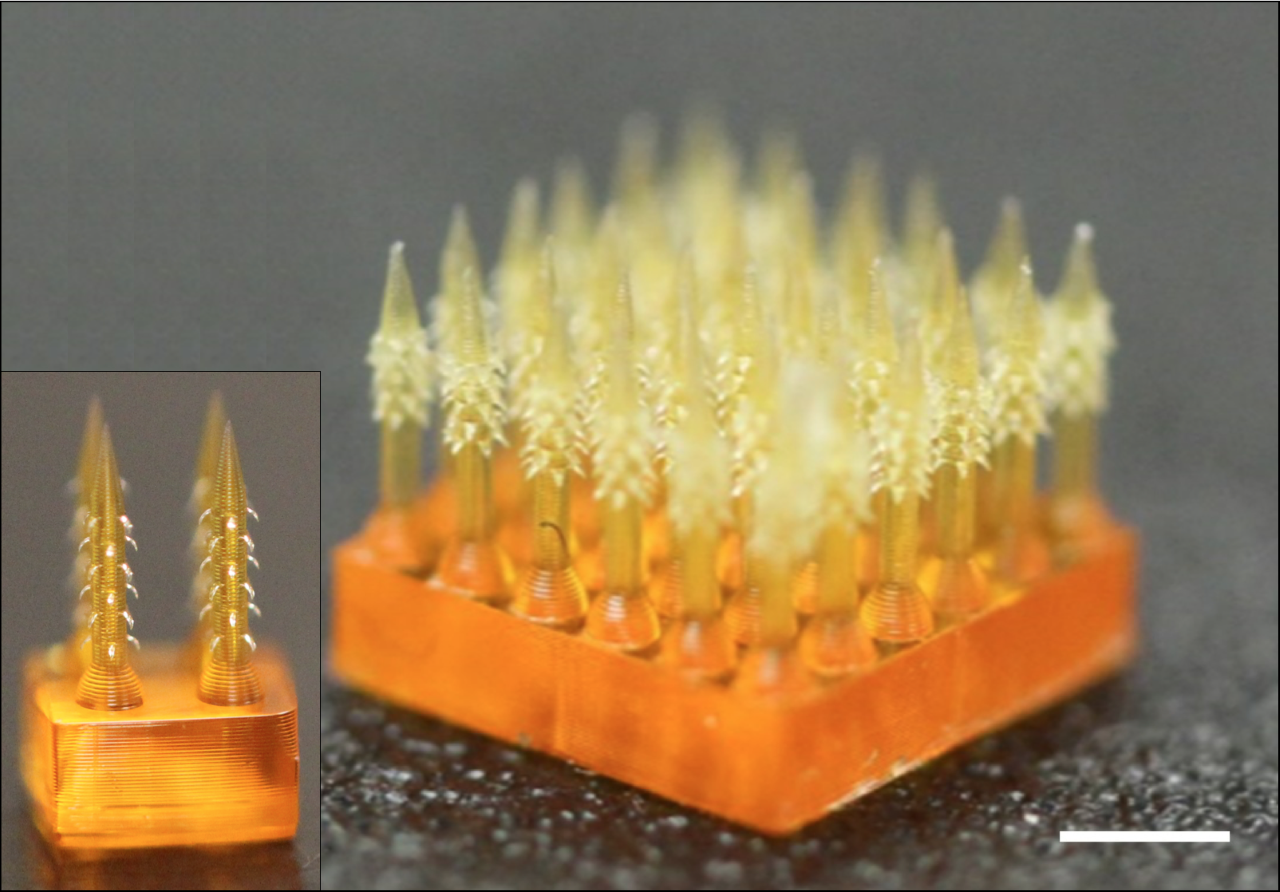
High-Tech Printing May Help Eliminate Painful Shots
Painful hypodermic needles may not be needed in the future to give shots, inject drugs and get blood samples. With 4D printing, Rutgers engineers have created tiny needles that mimic parasites that attach to skin and could replace hypodermic needles, according to a study in the journal Advanced Functional Materials.